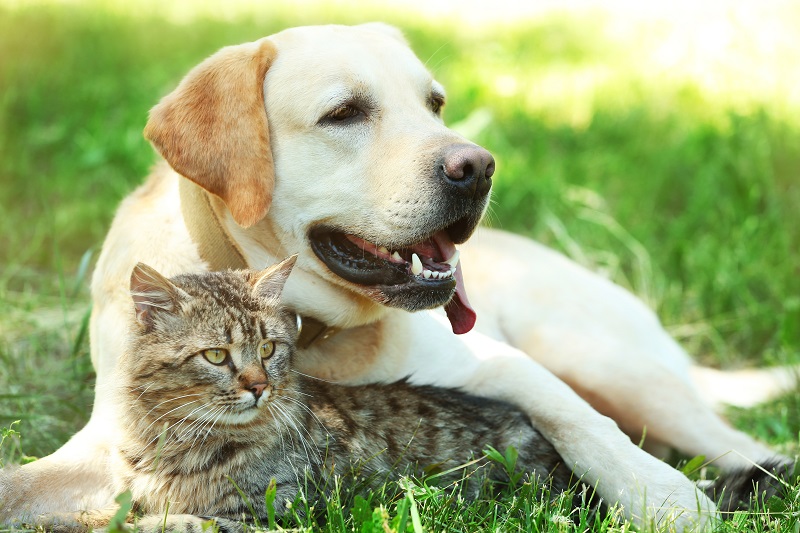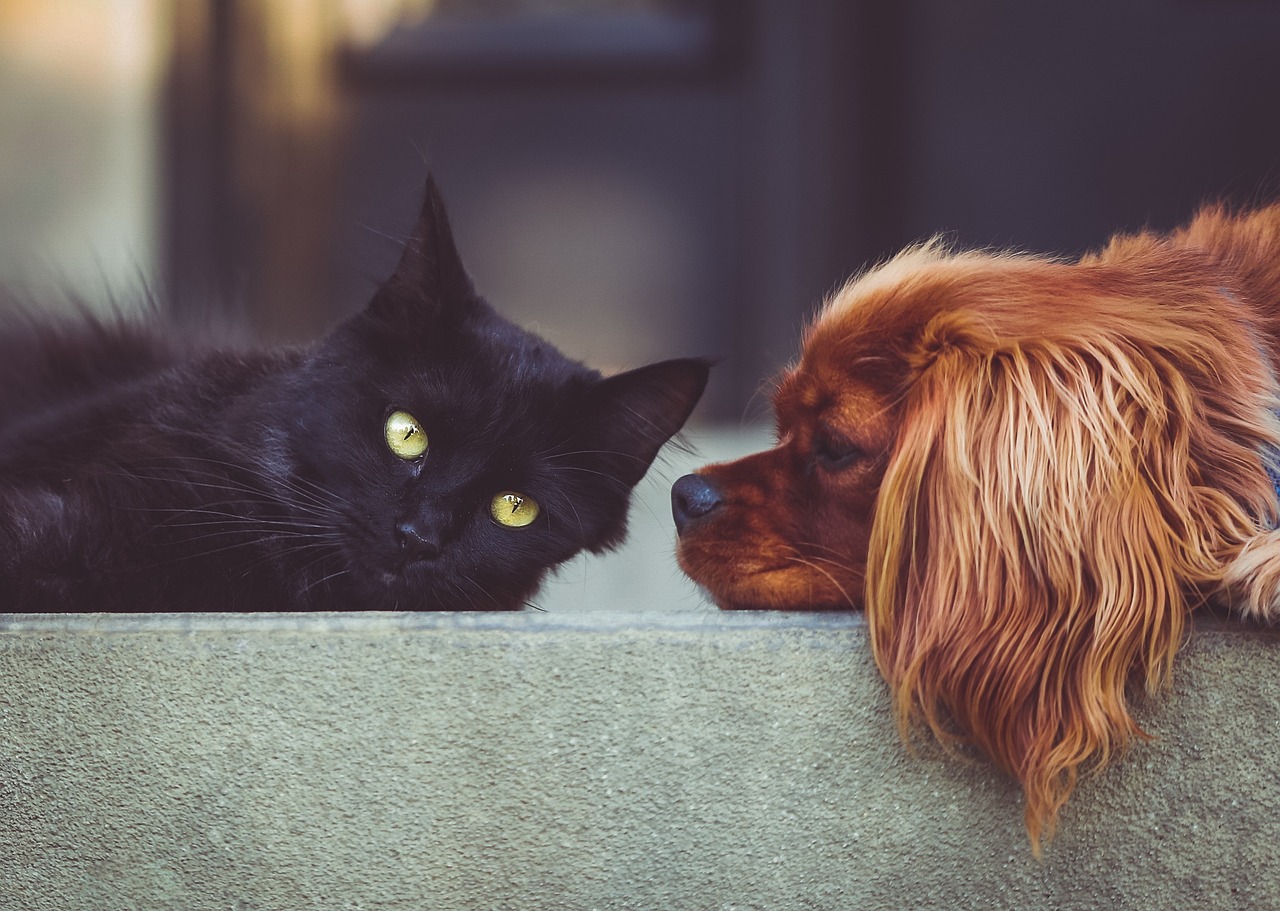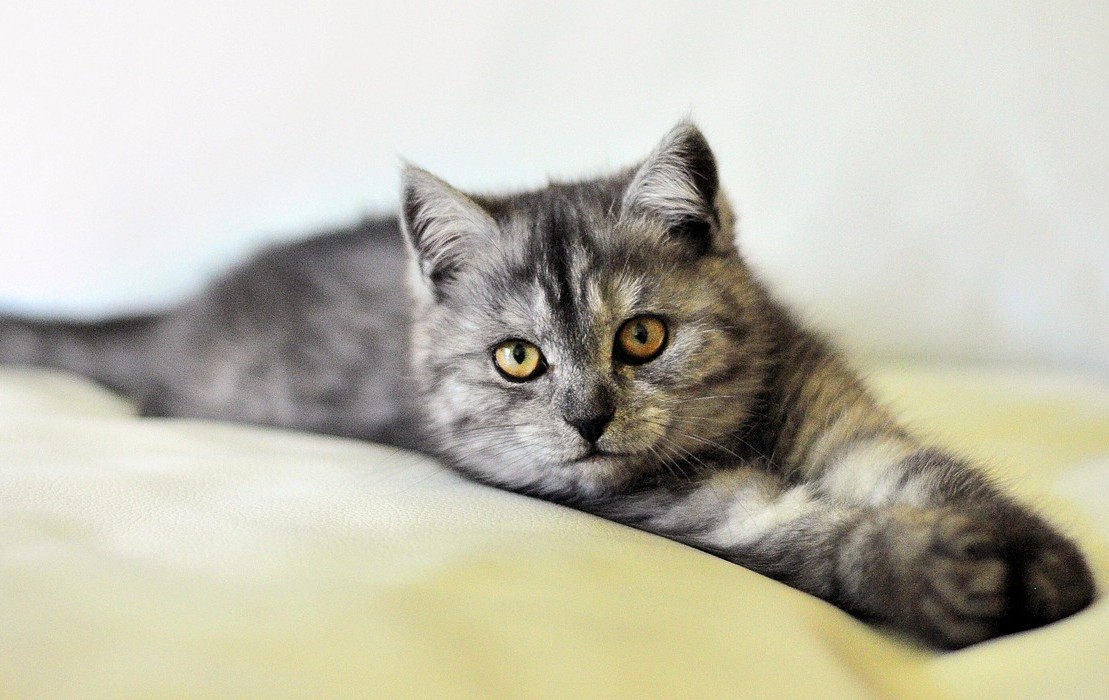Heat in dogs and cats
Possible causes and solutions
Heat in our pets is a natural physiological process linked to reproduction. Understanding it is key to ensuring their well-being and being able to make decisions about their health, sterilisation and reproduction control. Although both dogs and cats go through this cycle, there are important differences between the two species.


The sexual cycle in females
The reproductive cycle is regulated by hormones and consists of four phases:
🔷Proestrus: growth of ovarian follicles and production of oestrogen, responsible for the signs of heat.
🔷Oestrus: ovulation occurs and the female is fertile.
🔷Diestrus: the corpus luteum secretes progesterone, maintaining gestation in the event of pregnancy.
🔷Anaestrus: the uterus regenerates before a new cycle.
Heat as such comprises proestrus and oestrus, which is when the female is receptive to mating.
When does the first heat occur?
_Bitches: they usually have their first heat between 6 and 12 months in small breeds, between 7 and 13 months in medium and large breeds, and between 16 and 24 months in giant breeds.
_Cats: they reach sexual maturity earlier, between 6 and 9 months, provided they weigh more than 2.5 kg.
Frequency of heat
_Bitches: they usually go into heat twice a year, with intervals of 4 to 12 months. Small breeds tend to cycle more frequently.
_Cats: they are seasonal polyestrous, which means that their heat depends on sunlight. They can go into heat every 2-3 weeks during periods of longer daylight hours, sometimes for months on end.
Symptoms of heat
_Bitches: You will notice swelling of the vulva, bloody discharge, and behavioural changes (more affectionate, nervous, or restless).
_Cats: There is no bleeding, but there are very obvious changes: they meow loudly and often, rub against furniture or people, adopt postures to attract males, and may even spray urine.
How long does it last?
_Bitches: heat lasts about 3 weeks.
_Cats: the receptive phase usually lasts 6 days, but cycles may repeat more frequently.
Care during heat
✔️Limit outdoor excursions to prevent escapes or unwanted mating.
✔️Walk female dogs on a leash and consider using sanitary pants.
✔️Keep a close eye on female cats, as they tend to run away in search of males.
Sterilisation as prevention
Spaying is a recommended option to prevent unwanted pregnancies, problematic behaviour and reproductive diseases such as uterine infections or mammary tumours. It also helps to reduce overpopulation and animal abandonment.


📌Understanding how the reproductive cycle works in dogs and cats helps us to care for them better and ensure their well-being at every stage of their lives.

